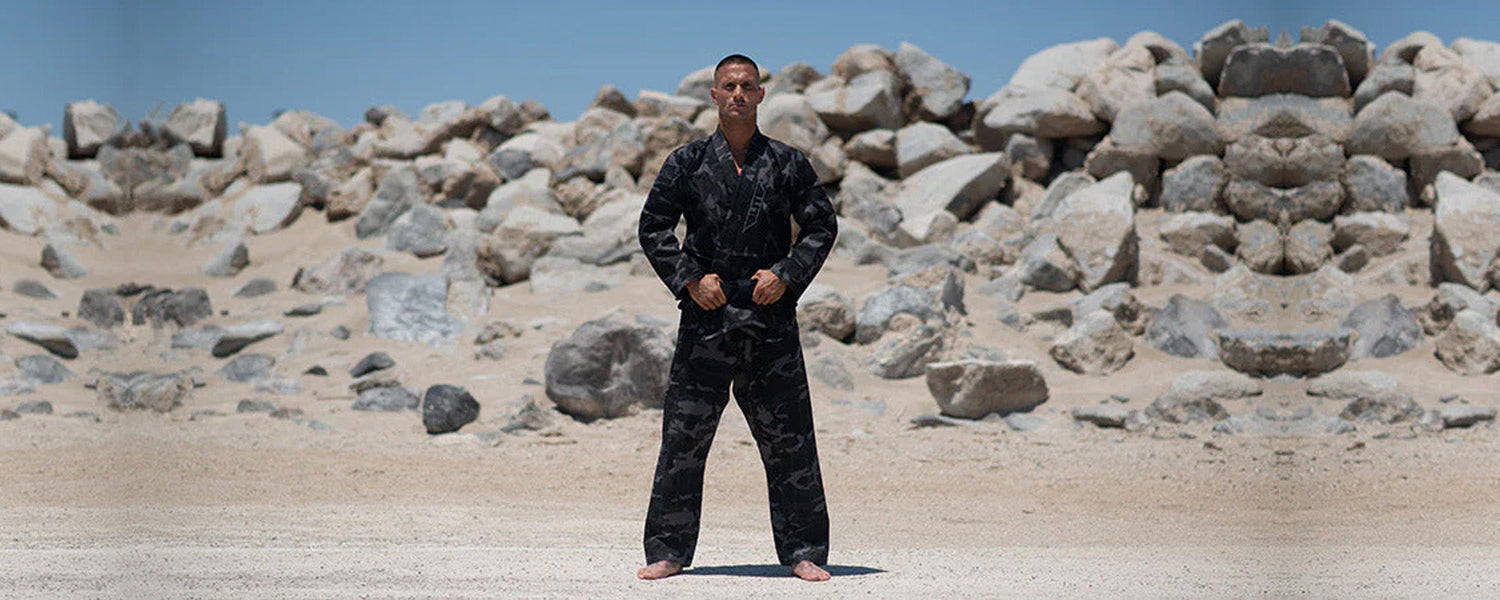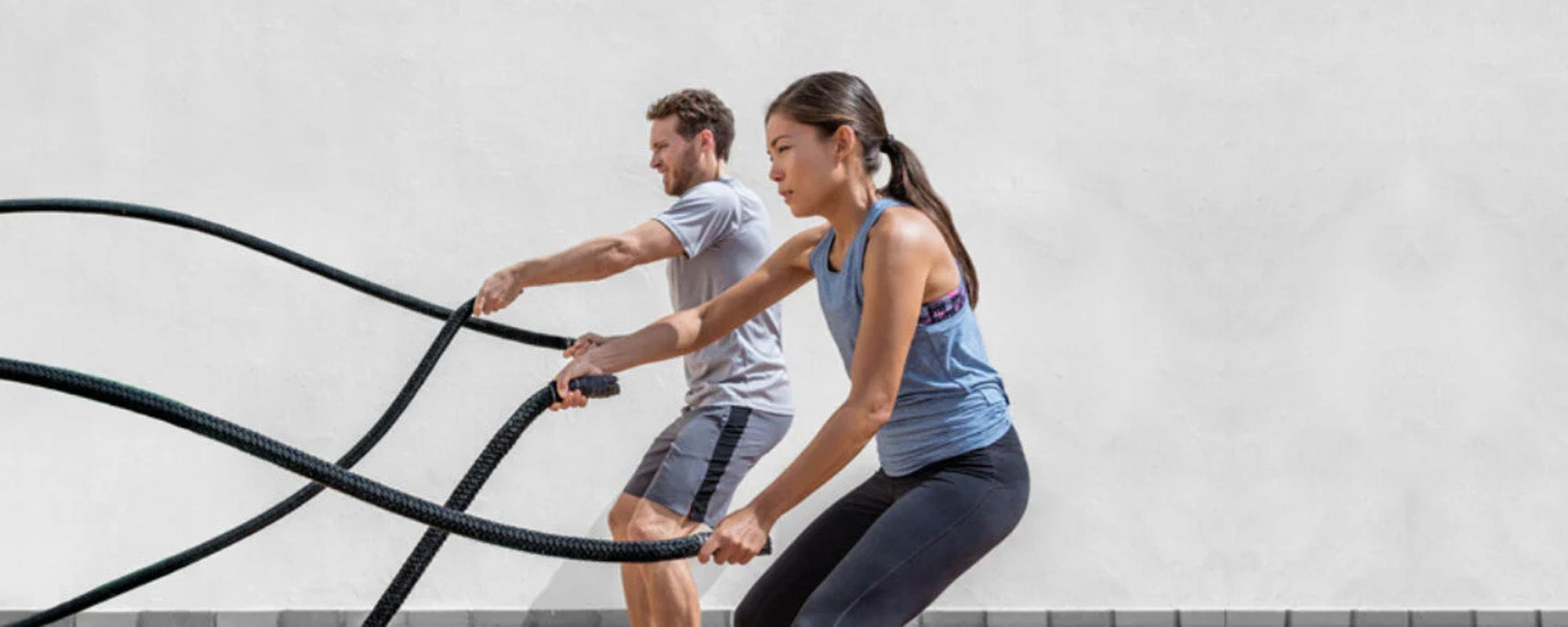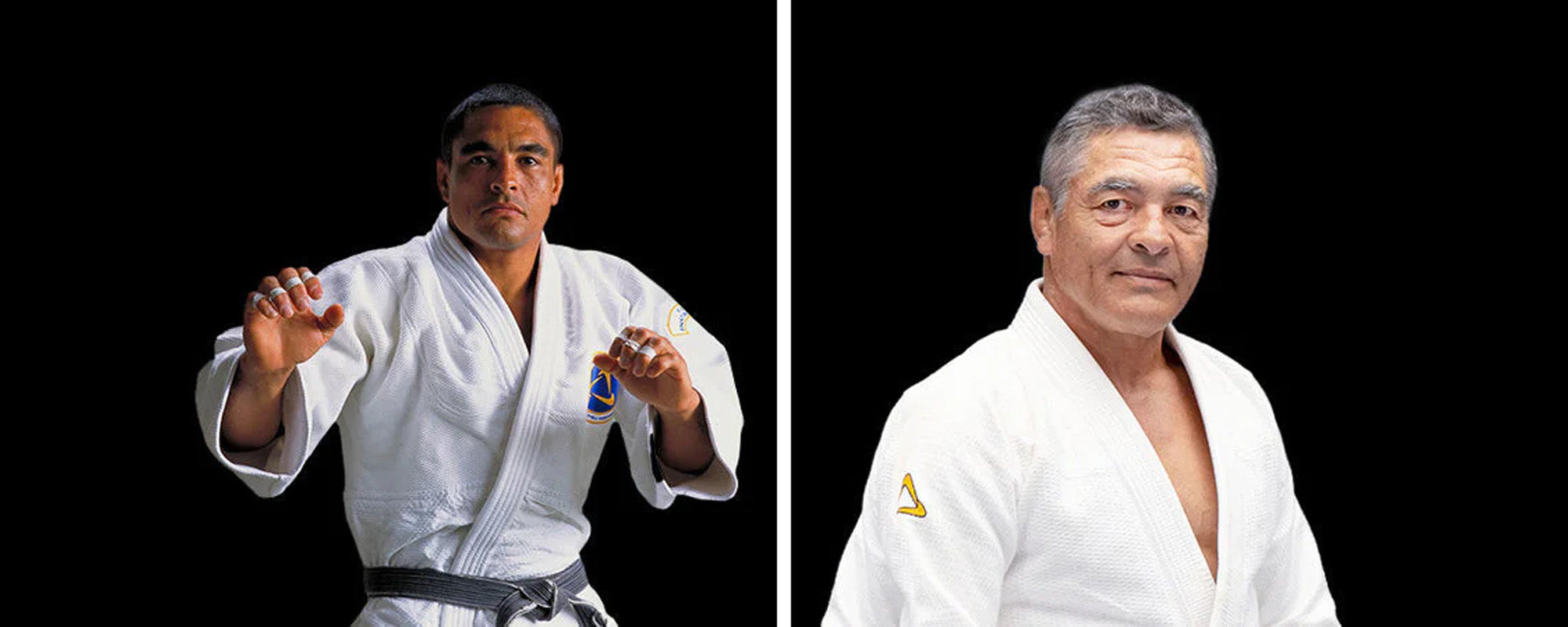Table of content
Success in grappling martial arts like BJJ depends mainly on muscle strength and joint flexibility. In this martial art, muscles are involved in all techniques, guard pulling, escaping, bridging, and submission attacks. But there are specific muscle groups that are used during training and fighting.
Strong muscles are a prerequisite when it comes to health and fitness since they allow BJJ fighters to train hard for longer durations without getting tired. Also, BJJ fighters are less likely to suffer injuries and can engage in intense physical exertion. Depending on the training drills and exercises. They can help BJJ fighters target and strengthen specific muscle groups.
Improving your muscular strength will also have a positive effect on your mental health. Physical exertion during BJJ practice can release healthy brain chemicals that will improve your mood and give you the motivation to complete your BJJ workout without worrying about boredom and exhaustion.
1. Why Do BJJ Fighters Need Muscular Strength?
BJJ fighters with good muscular strength find it easier to execute techniques and maintain great balance. Furthermore, during a fight, muscular strength helps fighters maintain a strong grip and bypass the opponent's guard.
Muscular strength is also beneficial since it improves flexibility and mobility which allows fighters to better maneuver around their opponents whether standing or on the ground.
2. Most Important Muscles in BJJ
To be successful, BJJ fighters must know which muscle groups to work on if they wish to improve their performance. Listed below are the most important muscle groups in BJJ.
2.1. Hip Muscles
Hip muscles are involved in techniques like shrimping and bridging. Strong hip muscles can allow BJJ fighters to exercise great mobility and flexibility while escaping from the opponent’s grip and executing guard passes.
Many complicated positions and postures also depend on strong hip muscles. In most basic techniques (i.e, full guard, half guard) precise hip movements are crucial. Strong hip muscles and mobility is crucial. It also ensures better stability and allows you to maintain balance.
To strengthen your hip muscles, practice hip CARs, hip thrusts, and 90/90 position for achieving great strengthening and increasing the mobility of your hip muscles.
2.2. Lower Torso
Training and mobility of your lower torso, including your legs and feet, is essential for stability for better performance in grappling art.
In BJJ, kicks and punches are not allowed. However, proper foot placement and knee positions are crucial when performing techniques like guard passes, single and double leg takedowns, and escapes.
Training your lower torso in BJJ does not mean having heavy bulky legs. Instead, a BJJ fighter must have lean yet strong leg muscles. Without a strong lower torso, you will not be able to pull guard passes, including the half guard or more complex de la Riva guard.
The best exercises to strengthen your lower torso are mountain climbs, bird dogs, seated ab circles, and flutter kicks.
2.3. Upper Torso
The upper torso is responsible for executing techniques like RNC submissions and takedowns. Major muscle groups in the upper torso are the shoulders, biceps, and triceps.
Strengthening the biceps and triceps helps fighters be more effective in executing locks and takedowns.
Strong shoulder muscles will provide a strong base for the forearm muscles, aiding with pulling, pushing, and rotating the upper limbs.
For BJJ fighters, strong shoulders will also strengthen the other muscles and joints in the arms. Exercises to help strengthen your upper torso are shoulder CARs, weightlifting, and kettlebell workouts.
2.4. Spine
A BJJ fighter with a strong spine can avoid injuries and defend joint locks. A strong spine can also improve a fighter’s stamina and strength, great mobility allow them to last longer during intense workouts, and build stamina and resistance against gassing out.
2.5. Forearm & Wrist Muscles
In all grappling arts, a weak grip makes it more difficult to grasp and subdue your opponent. Forearm and wrist muscles help fighters improve their grip strength. Techniques like strong locks, takedowns, and guards require a strong grip to pull off successfully.
The best forearms and wrist muscle strength drills include the farmer carry, wrist curls, and Gi pull-ups. Wrist stretches will help develop stronger and more flexible wrists.
2.6. Rectus Abdominis
The abdomen refers to the muscle groups located around the stomach. The rectus abdominis is the muscle located from the pelvis to the chest responsible for bending and body mobility.
The rectus abdominis help with taking downs during fights, while aiding in push-ups, and weight lifting during workouts. Hanging leg raises can help BJJ fighters develop and strengthen their rectus abdominis.

2.7. Transverse Abdominis
The transverse abdominis help support and keep the spine straight. These muscles are located in the abdomen and surround most of your vital organs. The transverse abdominis protect the spine and internal organs, while also maintaining improved balance and increased stability.
Exercises that can help strengthen the transverse abdominis include the dead bugs and shin box.
3. Takeaway
Brazilian Jiu-Jitsu is a grappling, martial art and it is right to say that building great mobility and muscle strength is more important than a bulky decorated body. BJJ is all about developing versatile full-body strength. So BJJ practitioners need to build versatile overall body strength and joint mobility as well as focus on increased stamina and cardiovascular strength.












Leave a comment
This site is protected by hCaptcha and the hCaptcha Privacy Policy and Terms of Service apply.